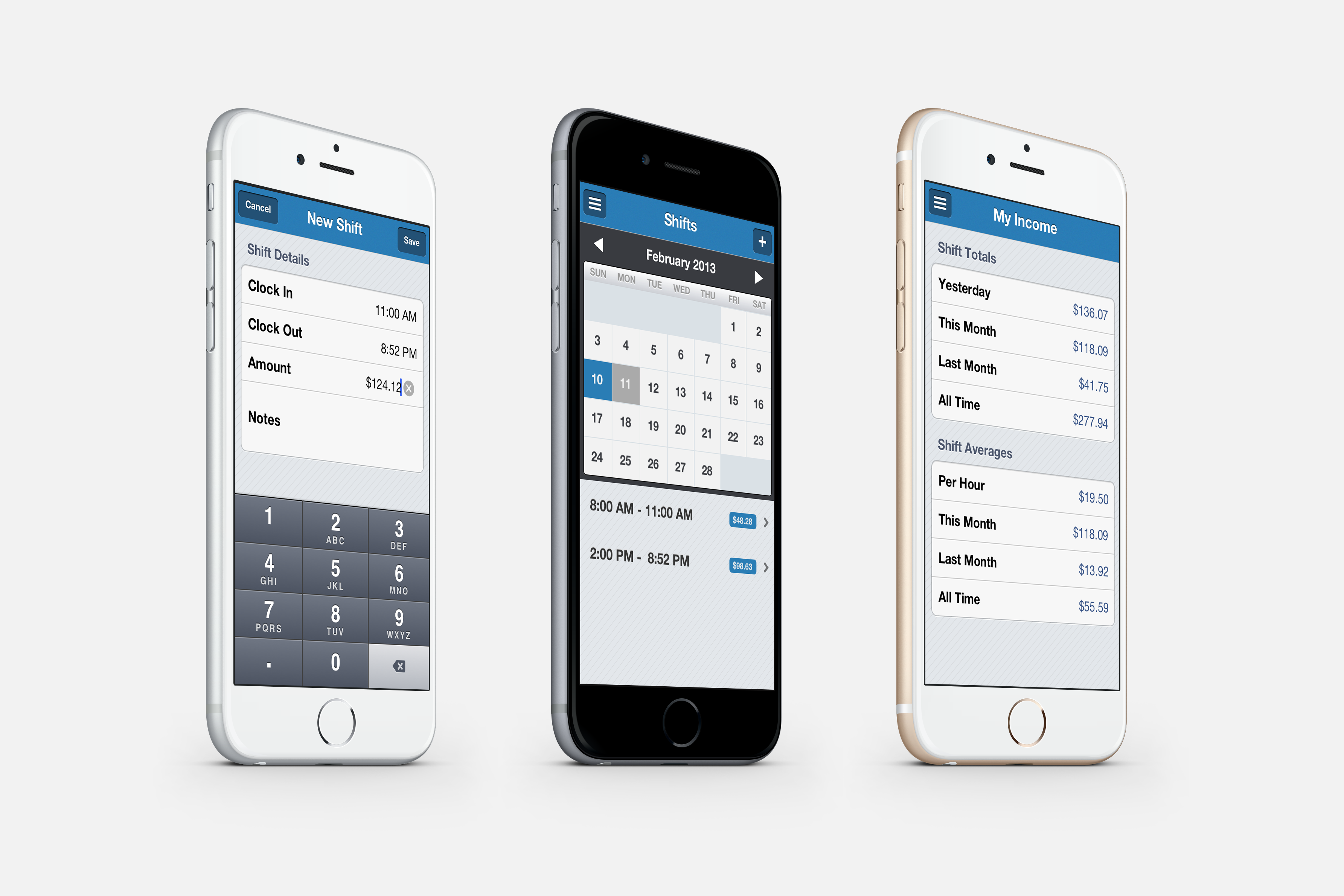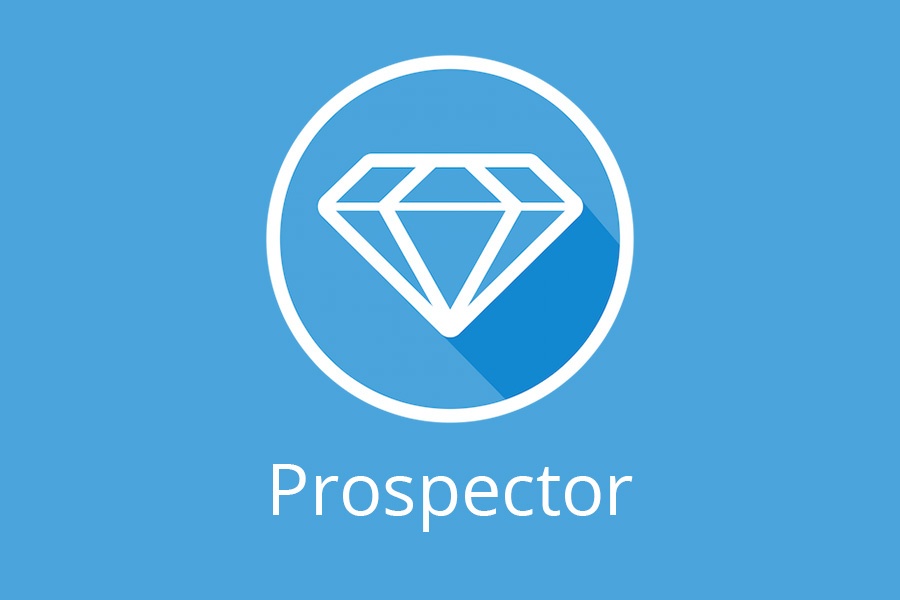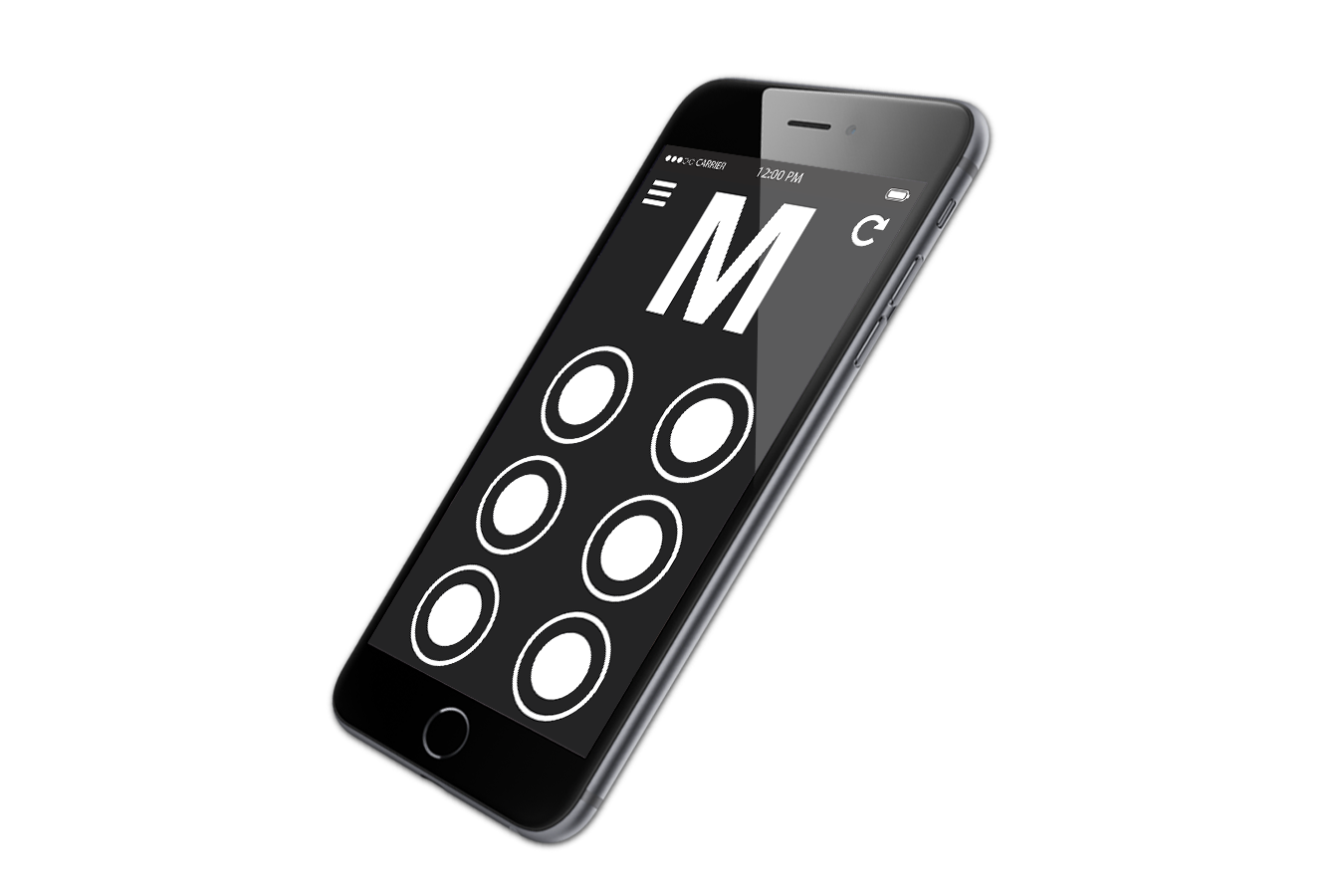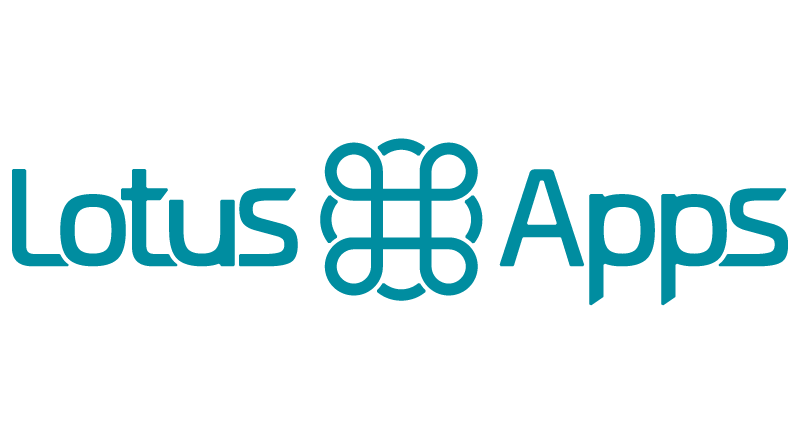If you're considering founding your own startup or creating your first app, you'll likely be focused on all the important near-term stressors: market validation, user experience, design, development, and so so much more.
However, that's not the end of the journey. In fact, it's just the beginning! While each product and platform will be unique, there are a set of common maintenance tasks that as a new software keeper, you should be aware.
Annual Fees
Simply put, you'll owe Apple and Google annual dues for them distributing your published mobile app on their stores. You'll be paying this when you first setup your account, and each year after, even if you had zero in sales (hopefully not!).
Operating System Releases
Both Apple and Google release new operating systems on a mostly annual basis; you might have heard of iOS 12 or Android Q for instance.
While you don't have to immediately update your app to run on the new versions of software that the companies will be making available to customer devices, it is good to plan on handling updates.
We generally advise to plan on handling any changes required in the codebase roughly 4-6 months after the launch of a new OS from Apple or Google. Most of the time this isn't a major development cost, but letting these pile up over the years will cause you to eventually be unable to submit to the App Stores at all, be removed from the store, and cost significantly more to perform the upgrade than if you had spread it out and done the work each year.
New Features
You'll no doubt have a list of features at launch that didn't make it into the initial release, and hopefully be tracking customer feedback to prepare a healthy product backlog (read more about maintaining your backlog here), but you still need to expect the unexpected feature to suddenly become important.
We see that most often we'll get a product to market and immediately get feedback that is amazing (hey, that's the point of deliver early and often) for a new feature. It's just the nature of gaining more exposure from users. Plan accordingly.
Routine Maintenance
Even with planned features, annual upgrades, and customer support, you should consider your product codebase a living, breathing thing.
Think of your app codebase as a puppy. Feed her, love her, spend time with her; she's a happy, healthy puppy. If you neglect your codebase, you'll have a cranky puppy that's harder to train and manage.

Some technical solutions require more routine maintenance than others. For native mobile applications written in Apple's Swift language or Google's Kotlin, there are updates needed but planning on once a quarter is probably safe.
Looking to make use of the latest and greatest powerful features by deploying a native mobile application written in React Native (a single codebase supporting both Android and Apple devices)? You're going to want a developer maintaining the codebase at least monthly to account for the rapid change in the technology.
Curious for More?
Still have more questions? We'd love to help!
We not only offer our leadership in determining the best ways to craft an app, but we're experienced in supporting production apps and want you to succeed. We'd love to bring that experience to your team today.








